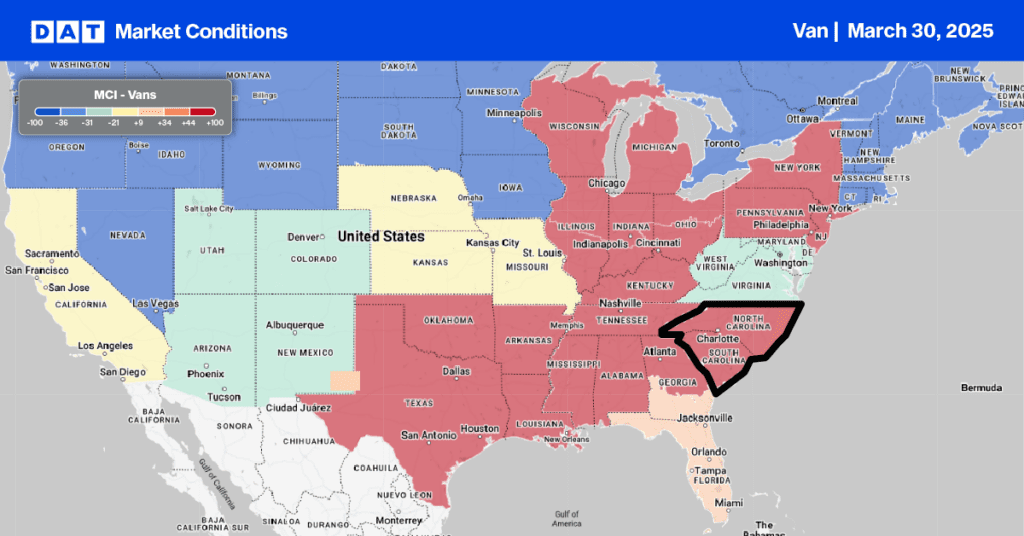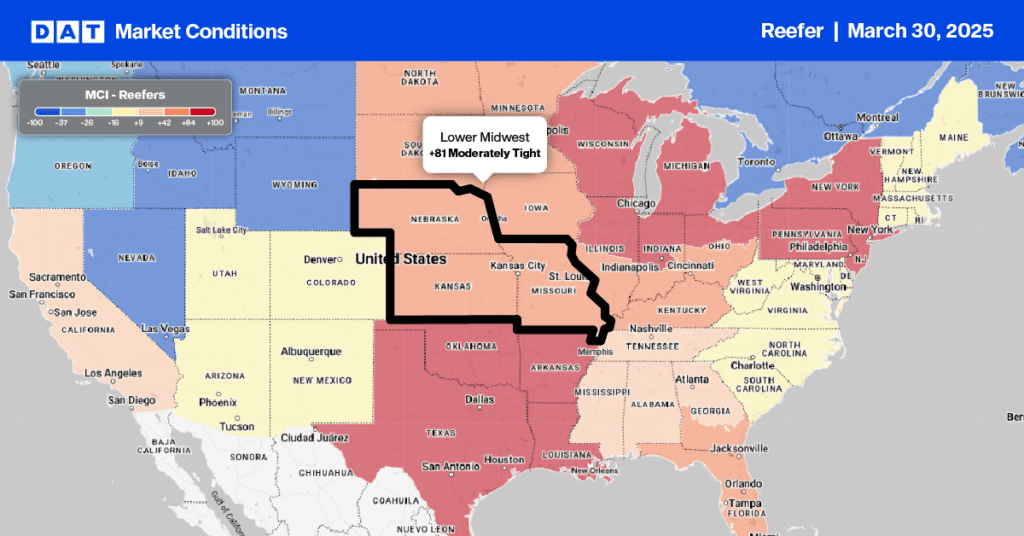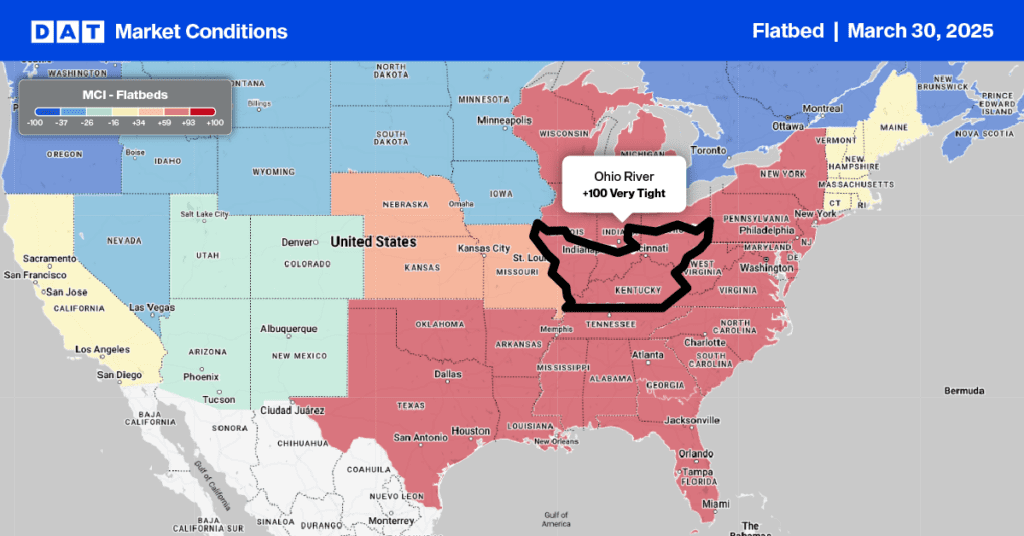The 2024 hurricane season forecast, a significant development by the National Ocean and Atmospheric Administration (NOAA), AccuWeather, and Colorado State University (CSU), is a joint effort. All three forecasts converge, pointing to a potentially ‘super-charged hurricane season’ in 2024. The Atlantic hurricane season officially commenced on June 1 and will continue until November.
NOAA predicts an above-normal Atlantic hurricane season, citing several factors. These include near-record warm ocean temperatures in the Atlantic Ocean, the development of La Nina conditions in the Pacific (a climate pattern that influences global weather), reduced Atlantic trade winds (winds blowing from east to west across the Atlantic), and less wind shear (a difference in wind speed or direction over a relatively short distance in the atmosphere), all of which are conducive to tropical storm formation.
NOAA is forecasting 17 to 25 named storms (winds of 39 mph or higher). Of those, 8 to 13 are forecast to become hurricanes (winds of 74 mph or higher), including 4 to 7 major hurricanes (category 3, 4, or 5, with winds of 111 mph or higher). Forecasters have a 70% confidence in these ranges.
NOAA’s outlook for the 2024 Atlantic hurricane season predicts an 85% chance of an above-normal season, a 10% chance of a near-normal season, and a 5% chance of a below-normal season.
What makes this season so dangerous?
As one of the strongest El Ninos ever observed nears its end, NOAA scientists predict a quick transition to La Nina conditions. La Nina tends to lessen wind shear in the tropics, which is conducive to Atlantic hurricane activity. At the same time, abundant oceanic heat content in the tropical Atlantic Ocean and Caribbean Sea creates more energy to fuel storm development.
NOAA scientists note, “This hurricane season also features the potential for an above-normal West African monsoon, which can produce African easterly waves that seed some of the strongest and longer-lived Atlantic storms.”
As FEMA Deputy Administrator Erik A. Hooks emphasizes, the unpredictability of severe weather and emergencies underscores the importance of preparedness. Already, storms are traversing the country, bringing additional hazards like tornadoes, flooding, and hail. Taking a proactive approach to today’s increasingly challenging climate landscape can significantly impact how individuals and communities recover tomorrow.
This season, NOAA will improve its forecast communications, decision support, and storm recovery efforts, including Spanish-language text products in all Public Advisories. Beginning on or around August 15, NHC will issue an experimental version of the forecast cone graphic that depicts inland tropical storm and hurricane watches and warnings in effect for the continental U.S.
More new hurricane analysis and forecasting tools this year can be found here.


